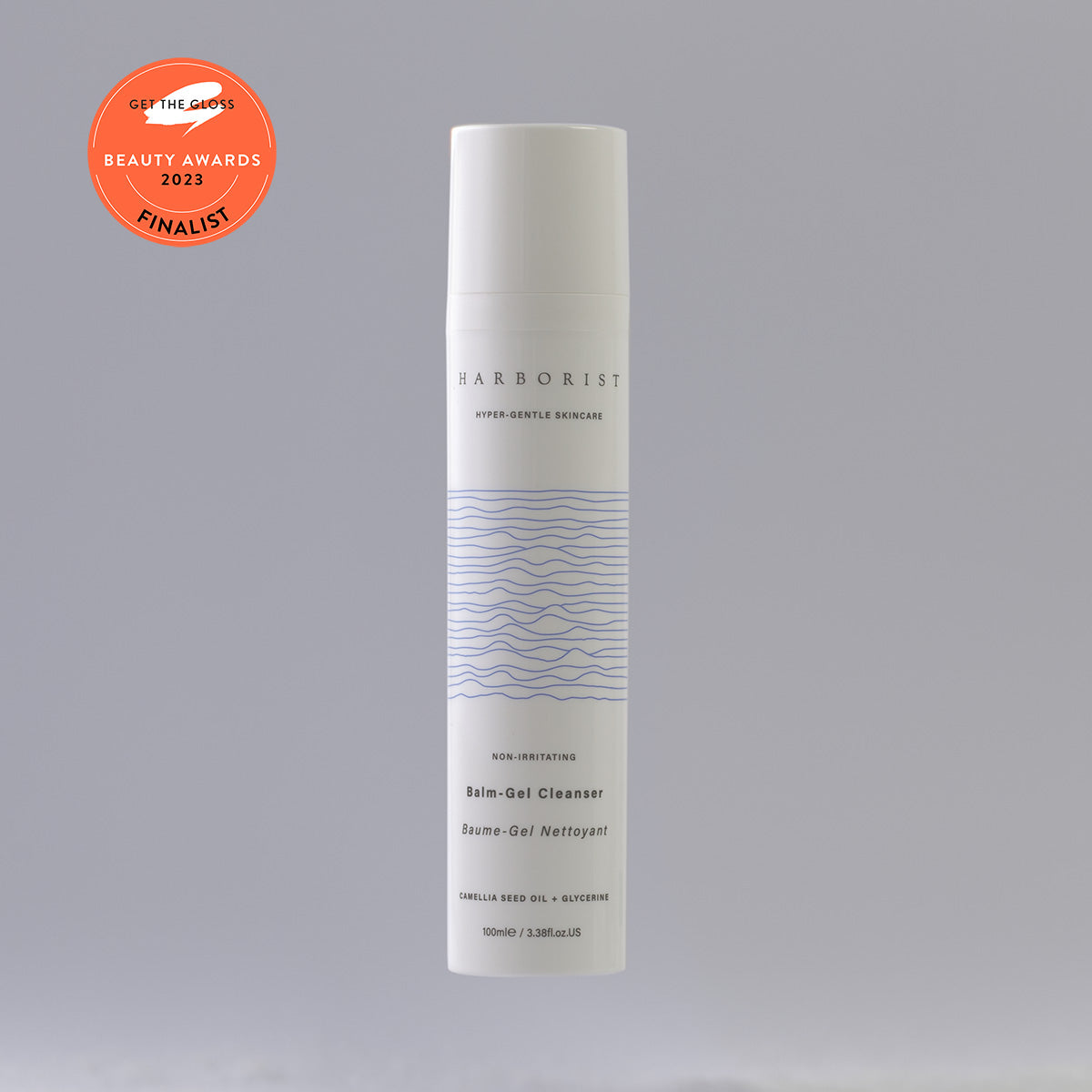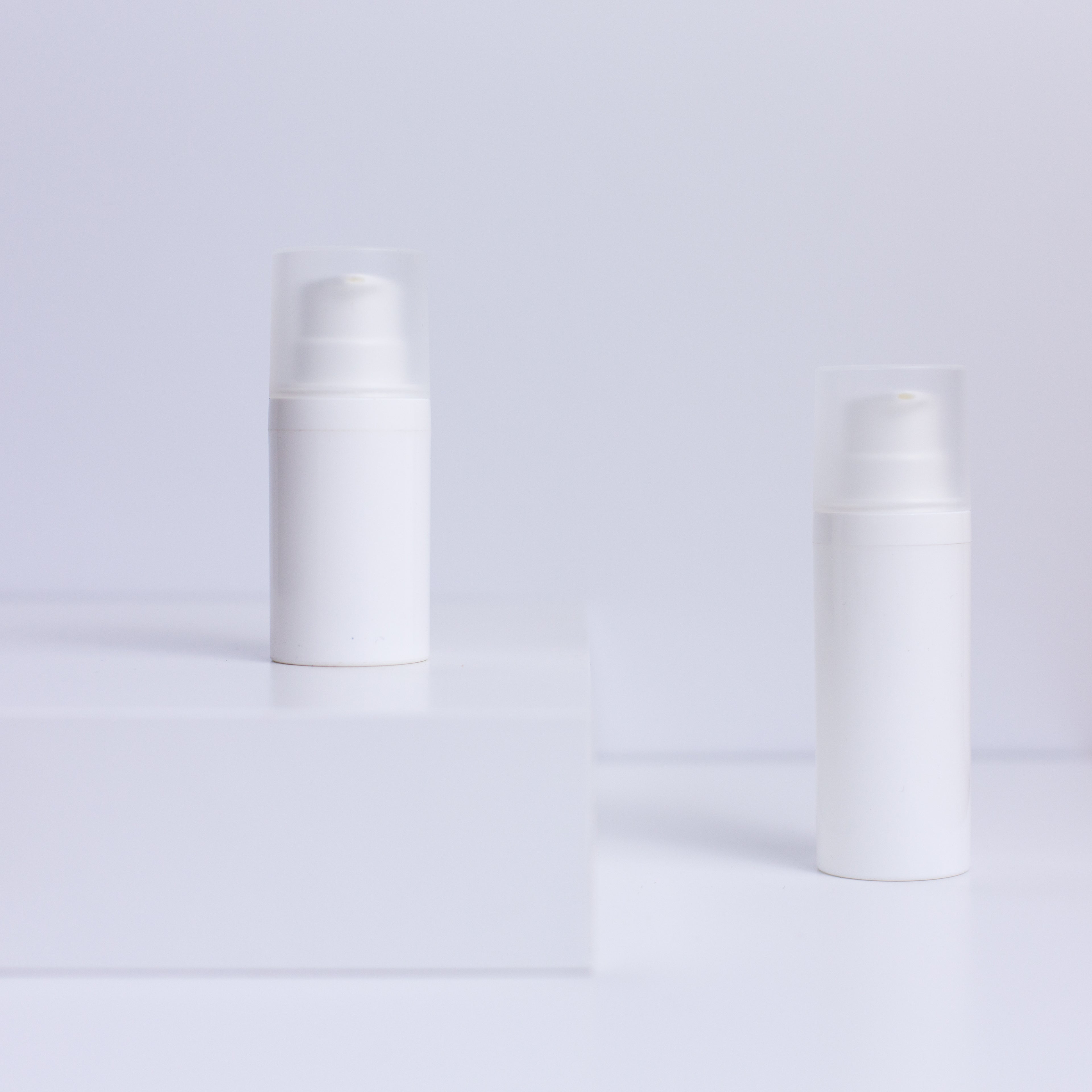When Harborist started in 2017 (or 2015 if you count R&D) independent skincare brands were a bright speck on the landscape. Following this venture capital money began to flow into the beauty industry, to capitalise on the new trend.
The funding of indie beauty added choice. It meant the creation of brands like Topicals, serving customers too long ignored by legacy brands. At the same time, founders of existing brands were finally able to raise the money to create the products and experiences they wanted for their customers. But arguably, some things were lost too.
Welcome to your Bland New World talks about blanding — the phenomenon of identikit DTC brands claiming to be different while somehow all looking and sounding the same.
As well as this the founder became a tool to attract investment. Instead of frustrated, passionate customers or knowledgable experts, well-funded brands were more likely to be ex-executives from the corporate world, or an influencer or a celebrity, because those were attributes that made the brand more investable.
Who is the customer?
Heavy dependancy on large amounts of funding can also change who the real customer is.
That's because the brand as a whole - not the individual products - becomes the product being sold to make the founders and investors their money back. If the brand is the product, appealing to the needs of the investors and, eventually, the acquirers, becomes the focus.
An aside – why are small brands more expensive?
The story often goes that mass brands can have lower prices due to economics of scale. Or premium skincare is more expensive simply due to marketing decisions, more expensive packaging, or narrower distribution. But that's not the whole picture.
Funding rounds can subsidise lower priced products. A fast growing brand, even if they're making a loss because the products price don't cover costs, can secure a higher valuation. This means they'll find it easier to raise additional funding rounds (and as they're not profit making, they need that money to stay afloat) and their eventual sales price, if acquired, will be higher.
Many seemingly successful brands are selling their products at a loss.
On the other hand, the price on a moisturiser from a self-funded brand must cover everything from manufacturing, marketing and R&D to trademark applications; they won't have millions to subsidise a low-priced product.
But while funding-heavy beauty brands may be able to be competitive in price, the pressure to grow rapidly can create knock-on effects.
When growing a brand gets in the way of making better products.
The need for hyper-growth to secure the highest valuation can shift the brand to focus on the things that sell more; trendy ingredients, clever (and sometimes questionablel) marketing, more product launches, cheaper manufacturing, and the normalising of complicated skincare routines.
But the truth is, often the decisions necessary to create the best product for your skin aren't easy marketable.
For example, technical formulation decisions to make the product interact with the skin better, which make the R&D process longer or the unit cost higher.
Or the decision to focus on creating the right vehicle for an active ingredient to work.
Or sometimes, the decision not to do the thing that's popular because doing it would be worse for the customers' skin.
Long-term thinking is good for your skin
A self-funded brand doesn't always mean better products or ethics, neither does it automatically provide immunity to the influence of sales figures. At the same time, there are plenty of examples of VC-backed brands with passionate founding teams who do right by their customers.
The danger is if the decision to create a brand is purely business, when best-for-your-skin and best-for-scale conflict, scale will win. In my opinion, much of the harmful trend of over consumption in skincare over the last 5 years has been driven by the increase in brands who were under huge pressure to scale to an unsustainable level.
Meanwhile, founder-first brands have the freedom to be laser-focused on making a better product. And without the pressure of constant launches or viral marketing, traditional research-based or pharmacy brands like Avené can focus on trusty hero products customers will buy repeatedly.
When looking at whether to buy new skincare, as well as considering price and ingredients, it's worth considering the purpose behind making it. Was it made to help you, or as a way of reaching a revenue goal?
It may seem with endless skincare launches there is already every skincare product iteration you could ever need. But it's always possible to make a better one. The best skincare brands focus on doing exactly that.


